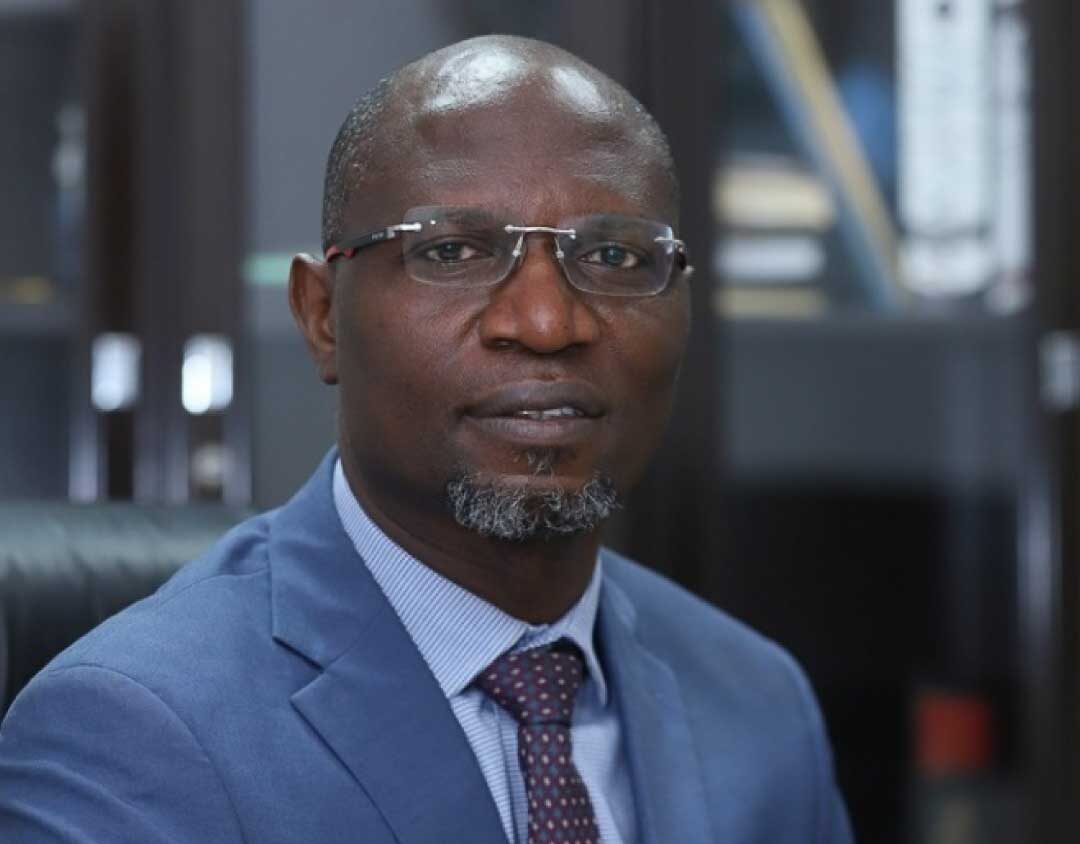Dr Emomotimi Agama, the Securities and Exchange Commission (SEC) boss of Nigeria, a country with one of the highest levels of crypto adoption 1 and active crypto regulation, has called for “coordinated regulatory responses” to the dual nature of stablecoins.
“The ambiguity surrounding stablecoins lies in their capacity to function simultaneously as currency and asset…for policymakers, that distinction underpins how these instruments are governed, how risks are
managed, and how consumers are protected,” he wrote in his recent white paper.
As payment instruments, they offer a way to conduct fast, low-cost cross-border transactions, serving as a modern alternative to traditional banking systems. However, when used as financial instruments, stablecoins are deployed in speculative trading, lending, and yield-generating activities within the world of decentralised finance (DeFi).
Recognising this duality, U.S. lawmakers recently enacted the Guiding and Establishing National Innovation for U.S. Stablecoins (GENIUS) Act of 2025. The legislation, which represents the first comprehensive U.S. framework for payment stablecoins, aims to protect consumers and maintain financial stability. A key provision attempts to separate the two functions by prohibiting the payment of interest on stablecoins in exchange for a lighter regulatory burden.
However, the paper reveals that this rule is already being put to the test. It notes that crypto firms have “already begun to exploit loopholes by rebranding interest as ‘rewards’“. For instance, crypto exchange Coinbase offers 4.1% annual rewards on USDC holdings for U.S customers. Coinbase argues that the law does not restrict them because Circle is the issuer of USDC, not Coinbase. This seemingly simple change in terminology could create a significant regulatory gap, potentially exposing retail users to financial losses and introducing broader systemic risks the law was intended to prevent.
This dual nature of stablecoins poses a concern to regulators and policymakers. Failure to recognise the difference could lead to misaligned regulations that either stifle innovation in payments or fail to adequately address market dangers. A blanket regulatory approach to addressing this challenge could see a stablecoin used for remittance (payment transaction) regulated in the same way as one used for a leveraged lending protocol (a more complex financial instrument).
See also: Canada-headquartered remittance company, Africhange launches “pay with crypto”
This challenge is not unique to the United States. Global regulators, including those in the European Union, continue to struggle with the proper classification and oversight of these assets. Dr Agama’s paper argues that policymakers must adopt a nuanced, “activity-based” regulatory approach, where rules are tailored to how a specific stablecoin is being used.
Under the leadership of Dr Emomotimi Agama, Nigeria’s Securities and Exchange Commission (SEC) has taken proactive steps toward regulating cryptocurrencies and stablecoins in the country.
In June 2024, Nigeria’s SEC launched the Accelerated Regulatory Incubation Programme (ARIP) for virtual asset service providers (VASPs) to register and obtain provisional licenses. Although so far, only Busha and Quidax have received an approval-in-principle. Agama has consistently stressed that Nigeria is “open for stablecoin business,” provided operators comply with its market-protective rules.
As the stablecoin market continues its rapid growth, with a market value surpassing $230 billion in 2025 and projections suggesting it could facilitate trillions in global payments by 2030, the decisions made by regulators today will shape the future of both payments and finance. The “rewards” loophole in the GENIUS Act serves as a stark reminder that, as regulators work to build fences, financial innovation continues to find new gates.
Read Dr ‘Timi Agama’s white paper on Stablecoins.
- Chainalysis Global Crypto Adoption Index (2025). The US has surpassed Nigeria ↩︎
Get passive updates on African tech & startups
View and choose the stories to interact with on our WhatsApp Channel
Explore




